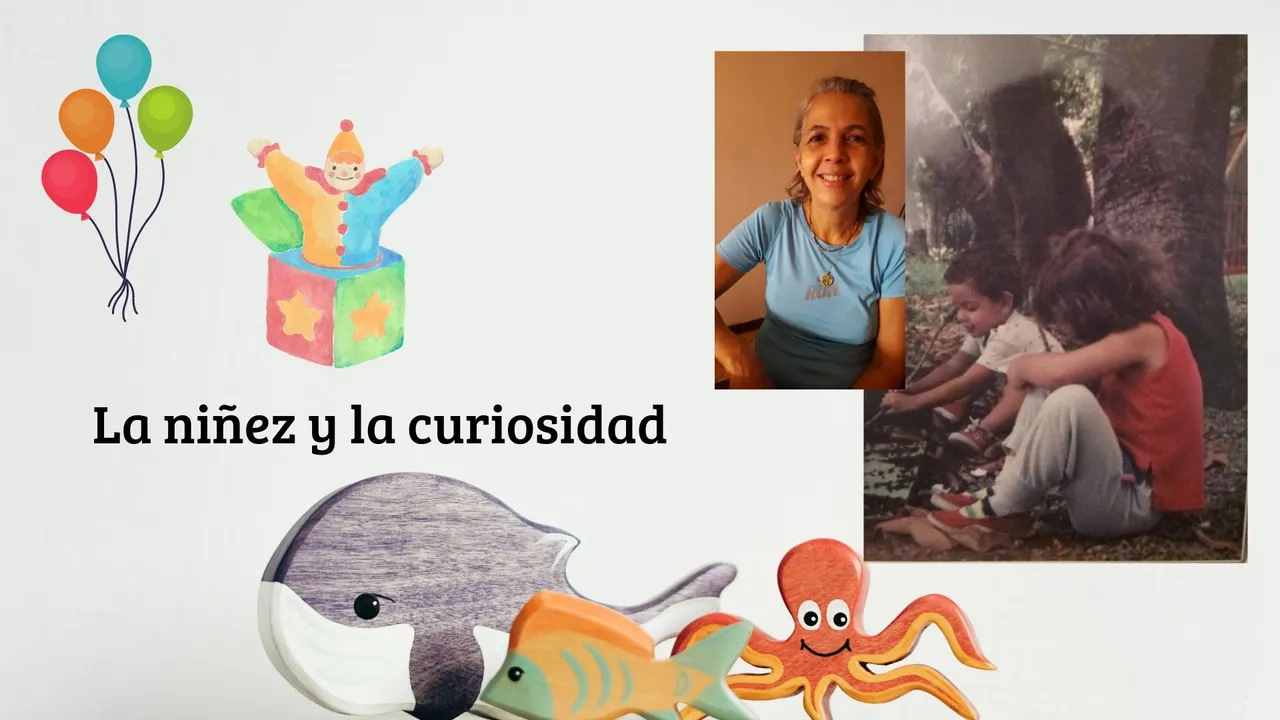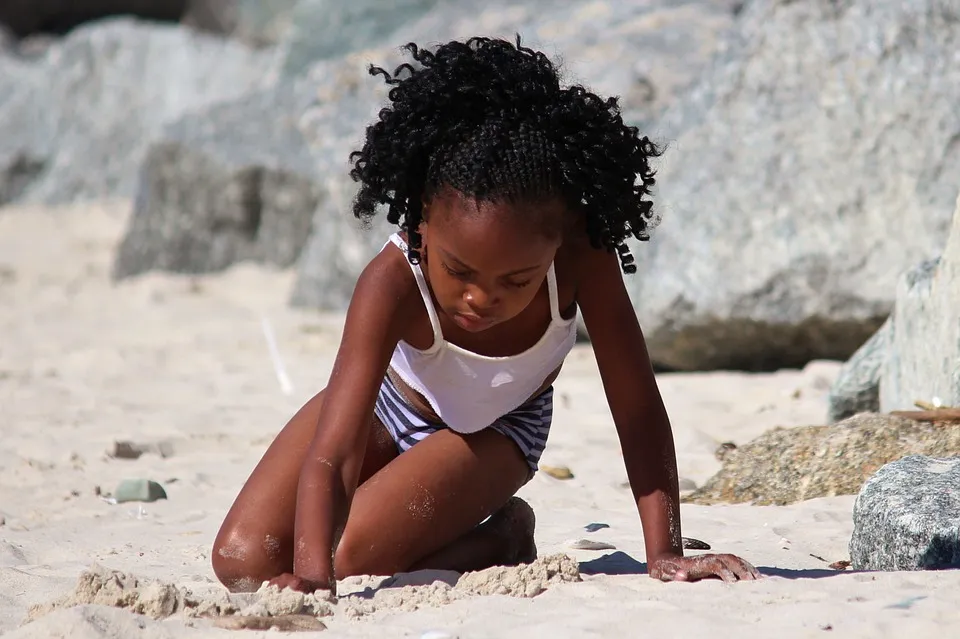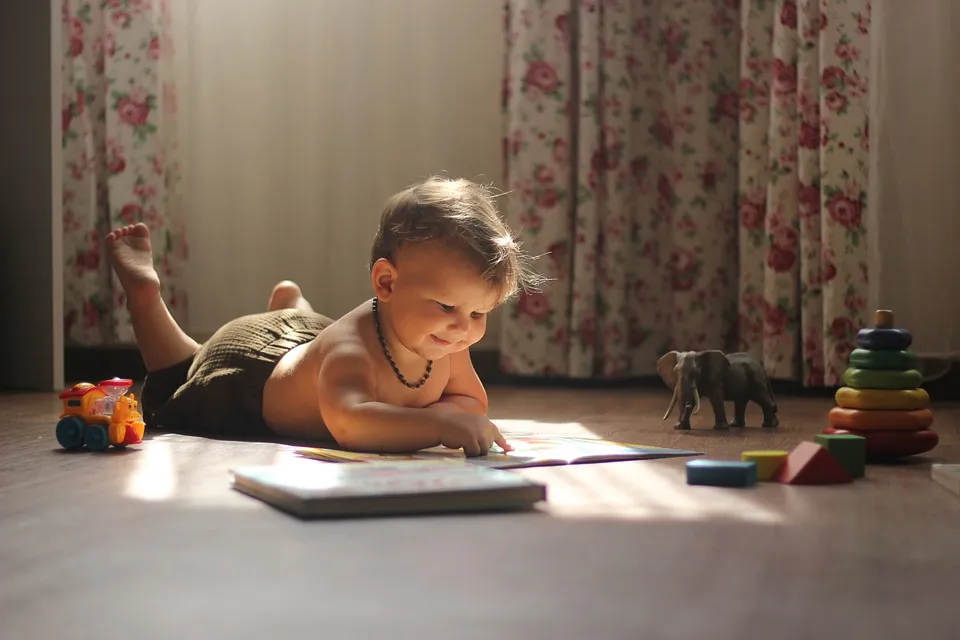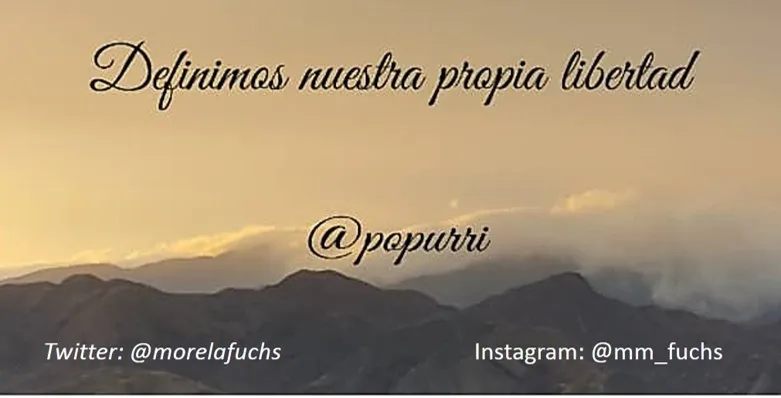La niñez una etapa fundamental para incentivar la curiosidad en los niños


Los niños son curiosos por naturaleza. Si le damos un juguete el va a querer desarmarlo para conocer que tiene por dentro. Cuando comienzan a gatear y luego a caminar quieren explorarlo todo.
Cuando hablan, todo lo preguntan y su frase favorita es ¿Por qué...?
El crecimiento fisiológico y mental es acelerado, es lo que se llama en una curva de crecimiento, la fase exponencial, si esta se mide en peso o en altura, dos variables con las cuales se evalúa si el niño tiene un crecimiento dentro de lo que los especialistas llaman parámetros normales.
Pero mas allá de estas formas de medir el crecimiento, la niñez es compleja y determina como reaccionará el adolescente y luego el adulto a las circunstancias de su vida.
 pixabay
pixabayUn niño que experimenta una niñez tranquila y feliz, bajo la protección y ayuda de sus padres, en un hogar estable, probablemente vera el mundo que lo rodea desde el lado positivo y seguramente serán padres amorosos. La humanidad y el mundo necesitan de estos padres.

Ayudemos a nuestros hijos a ser felices, bondadosos y generosos. Podemos hacerlo.
1. Enviándoles mensajes positivos. Tu puedes hacerlo, eres bueno, sigue intentándolo, me gusta lo que hiciste, que bonito dibujo, son algunos ejemplos.
2. No lo obliguemos a hacer algo que no quiere a menos que sean normas de conducta. Por ejemplo hablar cuando no quiere, bailar o hacer alguna gracia en presencia de otras personas, ponerse una ropa que le disgusta. Respetemos sus gustos cuando el pueda decidir.
3. En este mundo donde la violencia está presente en muchas partes, que ellos vean a través de nuestro ejemplo la importancia del respeto a las demás personas y muy importante al ambiente que los rodea, a los seres vivos.
5. Aprovechemos esa curiosidad natural para que comiencen a conocer su entorno. Cuando los llevemos al parque, al rio o a la playa, caminemos con ellos. Una piedra, una planta, un insecto, el movimiento del agua, el aire, cada cosa que ven, hablen con el, explíquenle lo que ustedes conocen, por supuesto de manera sencilla, pregúntele sobre lo que están viendo. Y si algo lo asusta, deben tranquilizarlo y que vean su mundo, ese extraordinario mundo donde viven, con asombro, con admiración.
Y acá les dejo una frase que me gusto mucho porque refleja una realidad en la relación padres-hijo. 💕

Childhood a fundamental stage to encourage curiosity in children
Childhood: Pathways of Discovery by Sheldon and Barbara White, where the authors explain the processes of development and their implications for the care of children. I wrote this publication to analyze some aspects that I consider fundamental in the upbringing of children.

Children are naturally curious. If we give them a toy they will want to take it apart to find out what's inside. When they start to crawl and then walk they want to explore everything.
When they talk, they ask everything and their favorite phrase is Why?
The physiological and mental growth is accelerated, it is what is called in a growth curve, the exponential phase, if this is measured in weight or height, two variables with which it is evaluated if the child has a growth within what specialists call normal parameters.
But beyond these ways of measuring growth, childhood is complex and determines how the adolescent and later the adult will react to the circumstances of his or her life.
A child who experiences a peaceful and happy childhood, under the protection and help of their parents, in a stable home, is likely to see the world around them from the positive side and they are likely to be loving parents. Humanity and the world need such parents.

pixabay
Let's help our children to be happy, kind and generous. We can.
1. Sending them positive messages. You can do it, you're good, keep trying, I like what you did, what a nice drawing, are some examples.
2. Don't make him do something he doesn't want to do unless it's a rule of conduct. For example, talk when he doesn't want to, dance or do something funny in the presence of other people, wear clothes that he dislikes. Let's respect his tastes when he can decide.
3. In this world where violence is present in many places, let them see through our example the importance of respect for other people and very important to the environment that surrounds them, to living beings.
4. Let's take advantage of that natural curiosity so that they begin to get to know their environment. When we take them to the park, the river or the beach, let's walk with them. A stone, a plant, an insect, the movement of the water, the air, everything they see, talk to them, explain what you know, of course in a simple way, ask them about what they are seeing. And if something scares him, you must reassure him and let him see his world, that extraordinary world where you live, with wonder, with admiration.
And here is a phrase that I like very much because it reflects a reality in the parent-child relationship.💕


La presentación la realicé en Canva con imágenes de mi propiedad /The presentation was made in Canva with images of my own.
